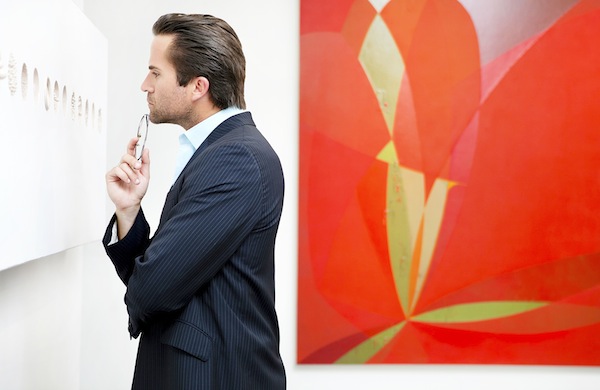
From the breakthrough of cubism in Paris to the development of expressionism in Dresden, the artistic movement known as modernism was always an international affair. But it’s easy enough to encounter its fruits at local Milwaukee museums.
In fact, you don’t even have to enter the Milwaukee Art Museum to do so. With its cantilevered wings and freeform facade, the museum’s War Memorial Center qualifies as a premier modernist specimen, one that Time has called “one of the country’s finest examples of modern architecture put to work for civic purposes.” Still, before you go exploring the museum’s riches, it may be helpful to understand what makes modernism so different from the art the came before it.
What is modernism?
At the turn of the 20th century, the world was in upheaval. Economic unrest and the increasing mechanization of global warfare contributed to a crisis of faith in the traditions that had seemed to bind much of Europe. In this climate, critical thinkers began to tug on the threads that held familiar artistic forms together to see what happened as they unraveled. Artists across Europe rejected the search for meaning through realism, instead relying on an “art for art’s sake” approach to their work, which was often abstract, shocking, and even deliberately grotesque.
Think of Pablo Picasso’s angular, impudent Young Ladies of Avignon; Marcel Duchamp’s time-lapse portrait in Nude Descending a Staircase, No. 2; Piet Mondrian’s minimalistic grids; and Jackson Pollock’s tangled paint splatters. These works have little in common visually, but the electric current running through each is what animates the modernist tradition: a self-conscious desire to take apart traditional art forms and reassemble them in new ways.
Where can you see modernist works in Milwaukee?
Short answer: the Milwaukee Art Museum. Among the pieces in its permanent collection, you’ll find works by such 20th-century luminaries as Pablo Picasso, Joan Miró, Mark Rothko, and especially Wisconsin native Georgia O’Keeffe. The museum has also been home to world-class temporary exhibitions that examine important Modernists in greater depth, such as 2014’s Kandinsky: A Retrospective and 2015’s Van Gogh to Pollock: Modern Rebels.
Of course, a few smaller museums lay claim to some notable modernist works of their own. The Haggerty Museum of Art at Marquette University, for instance, has a fine collection of Marc Chagall etchings, not to mention prints by early pop artist Robert Rauschenberg, whose work was heavily influenced by the ideas of modernism.


